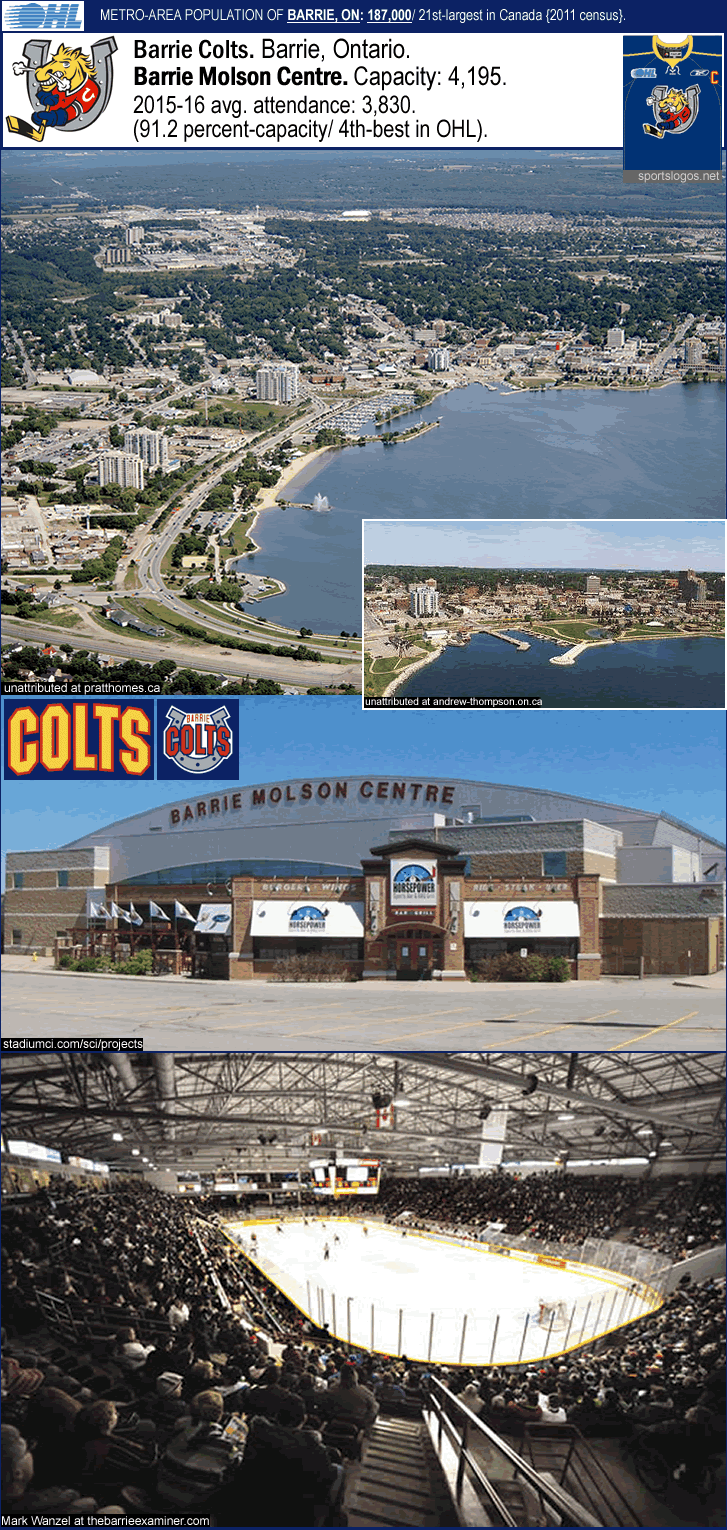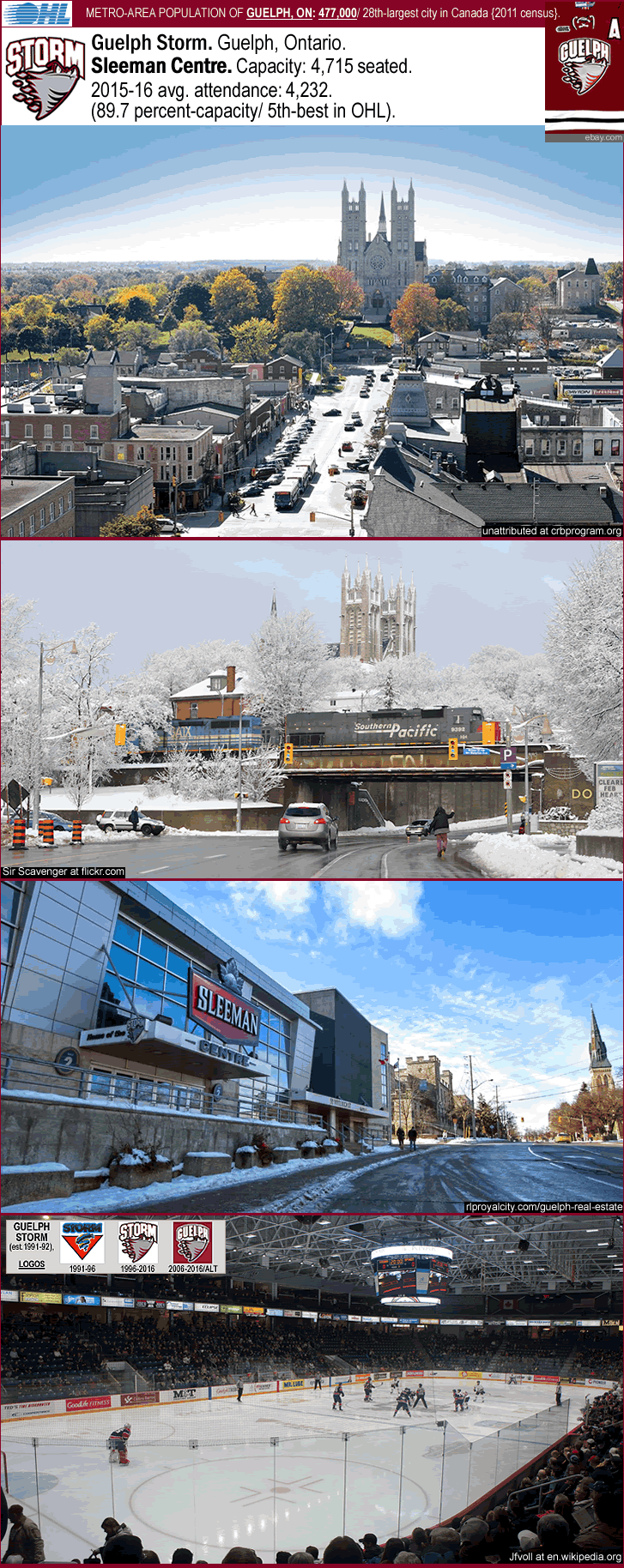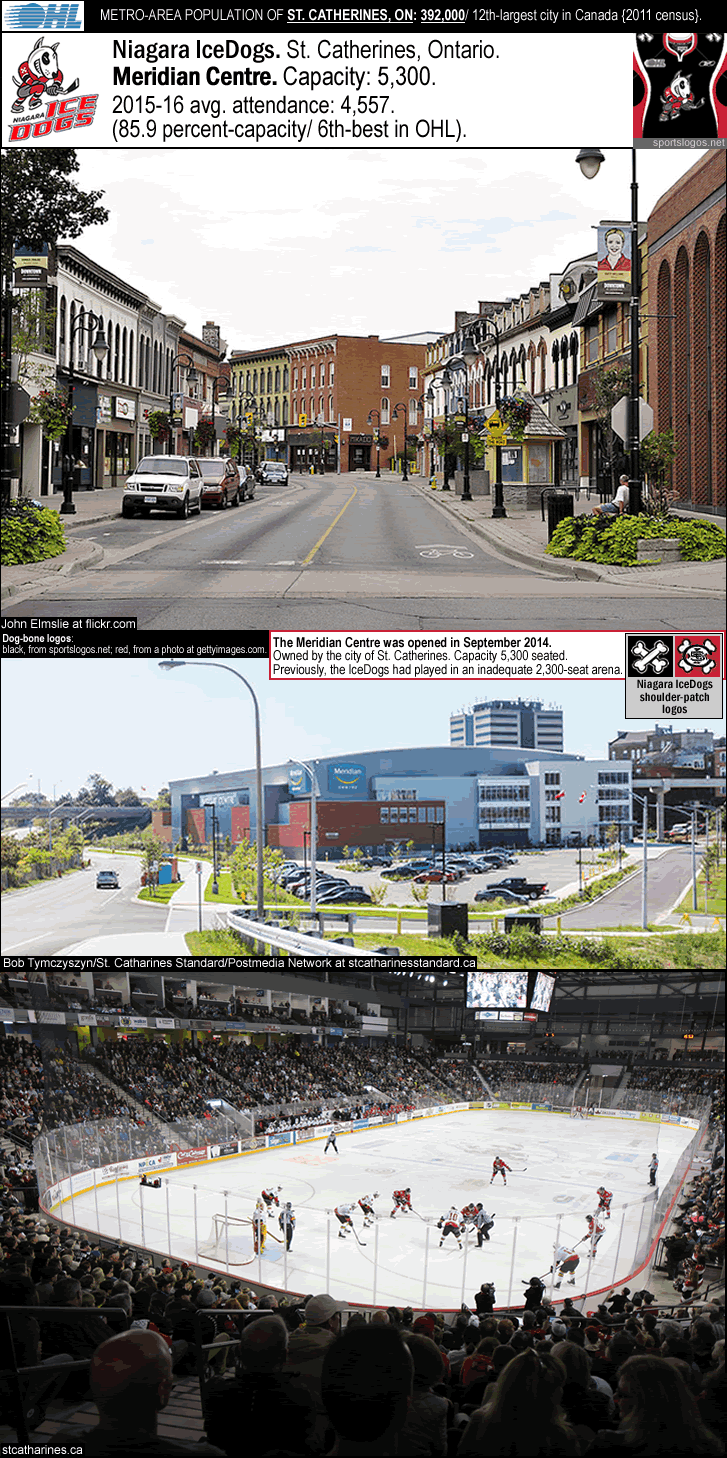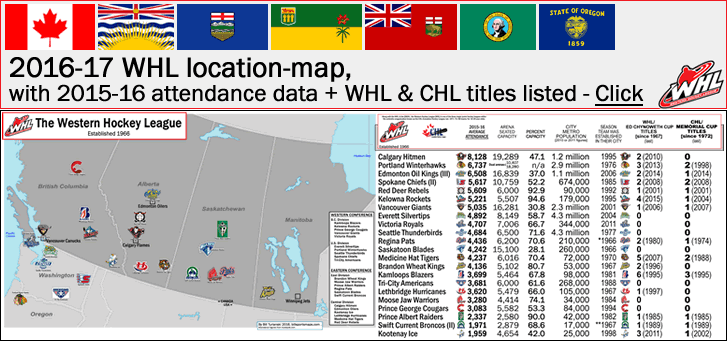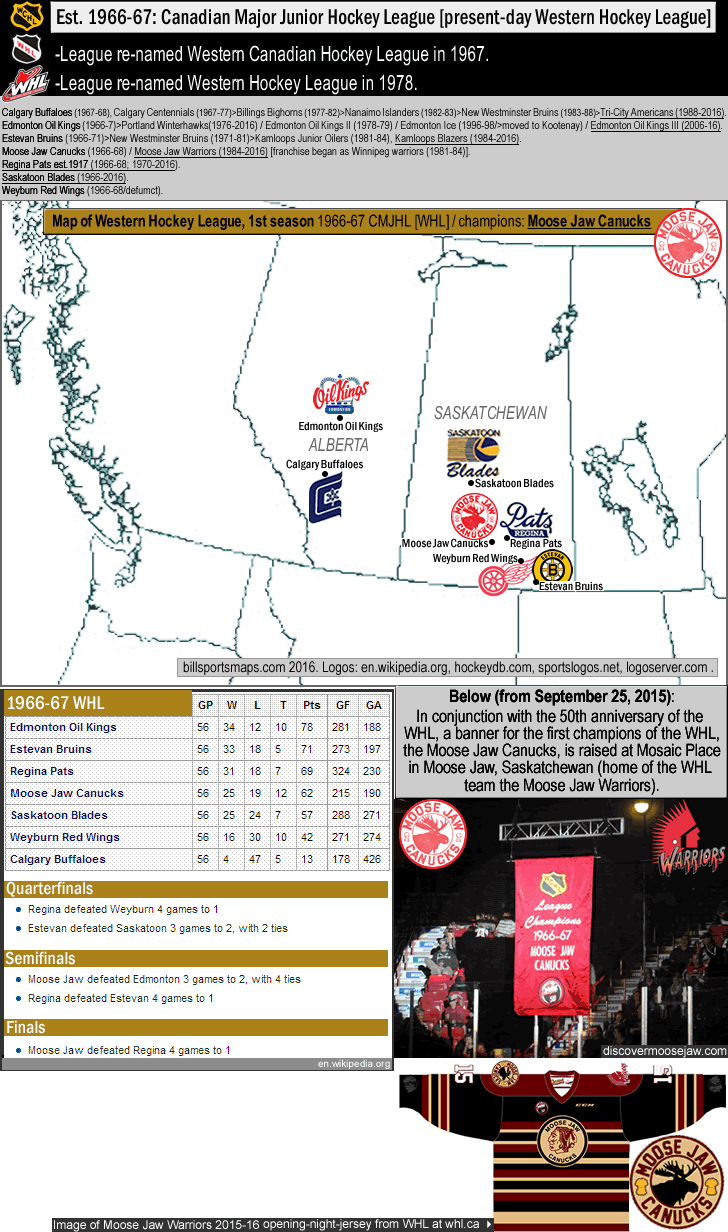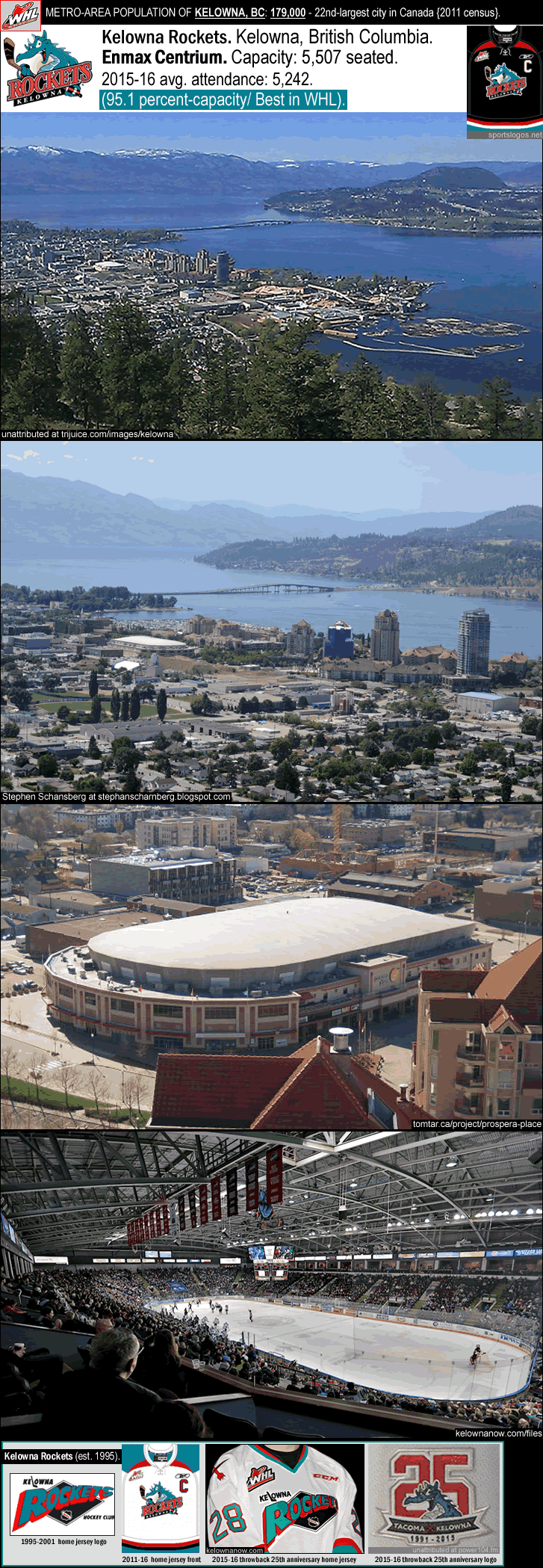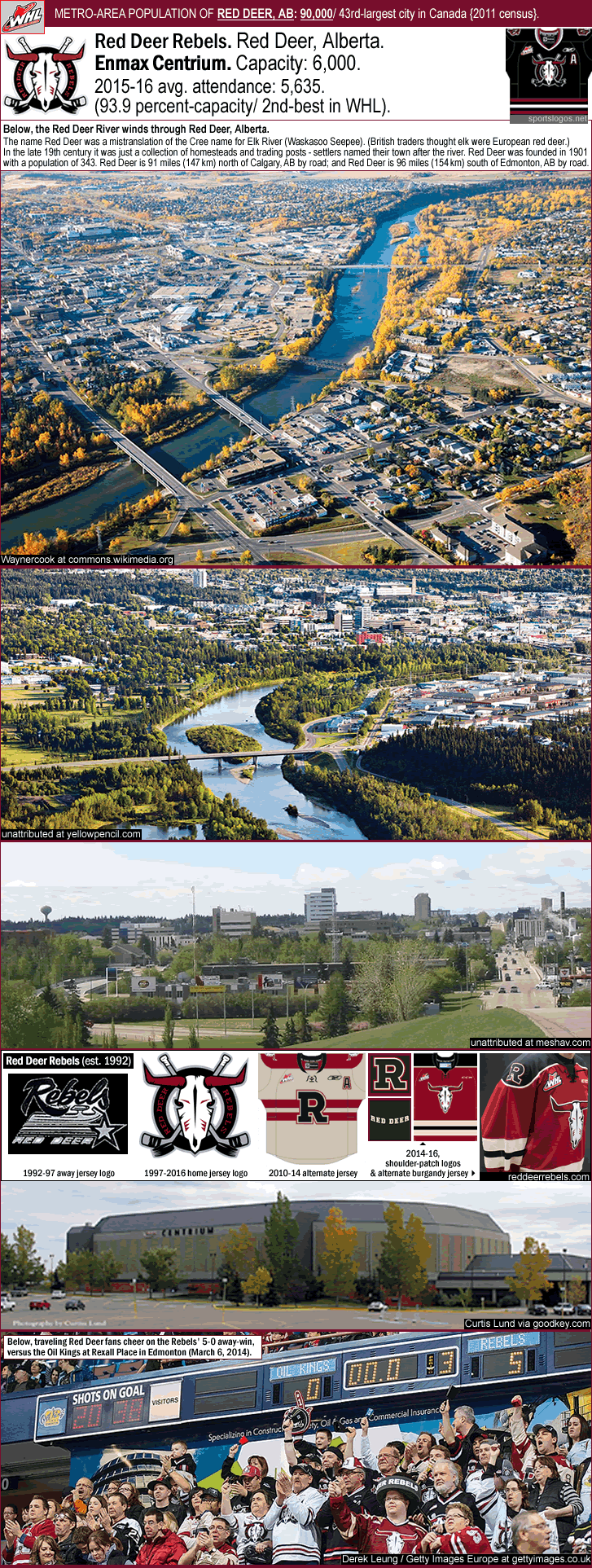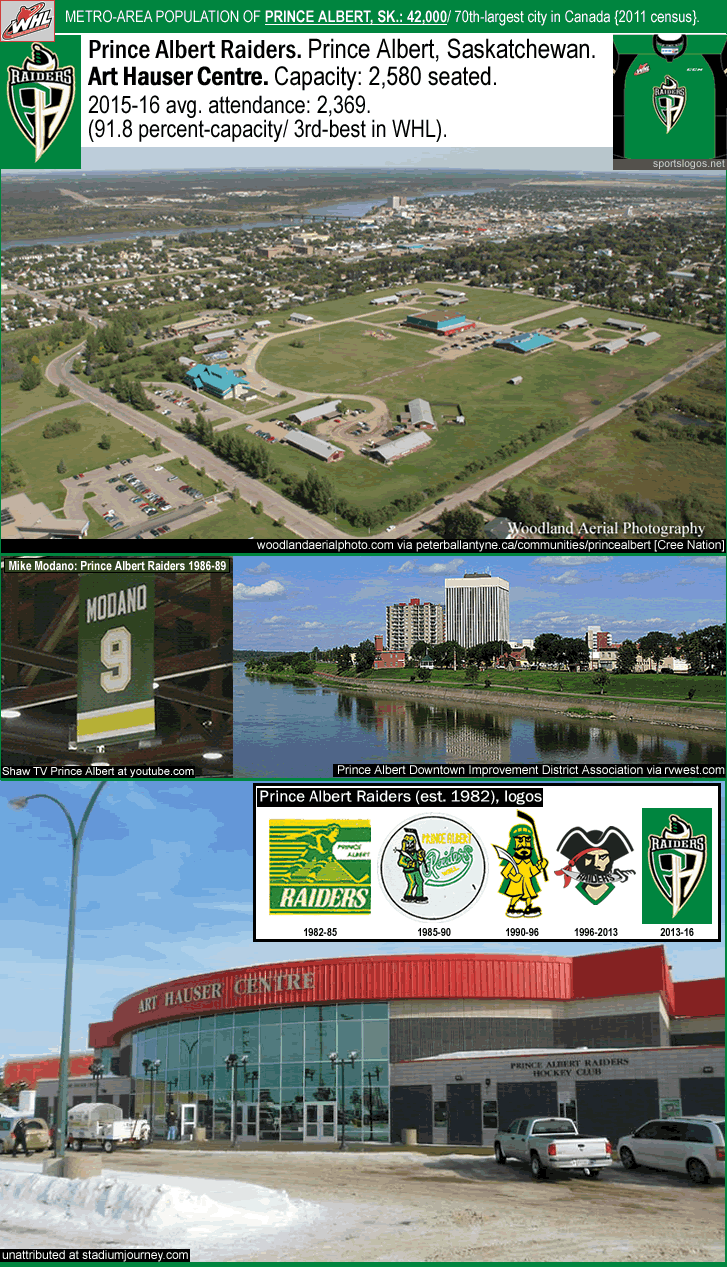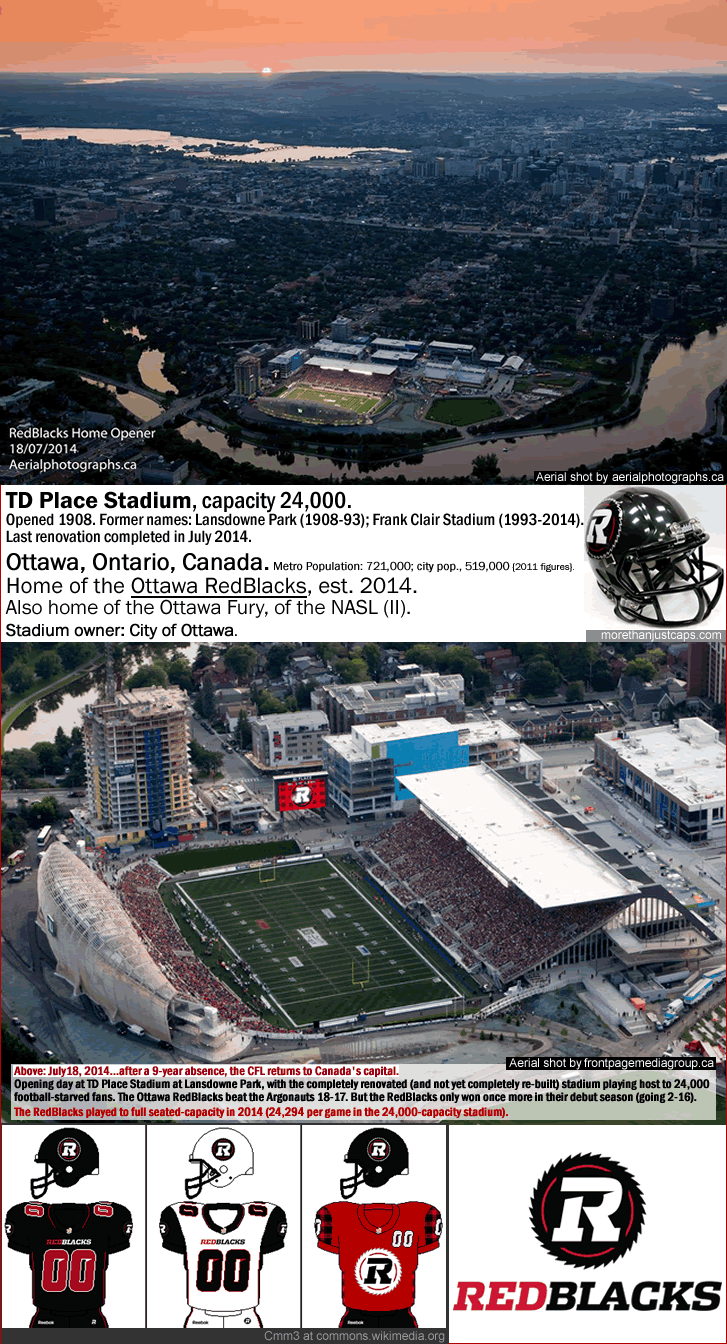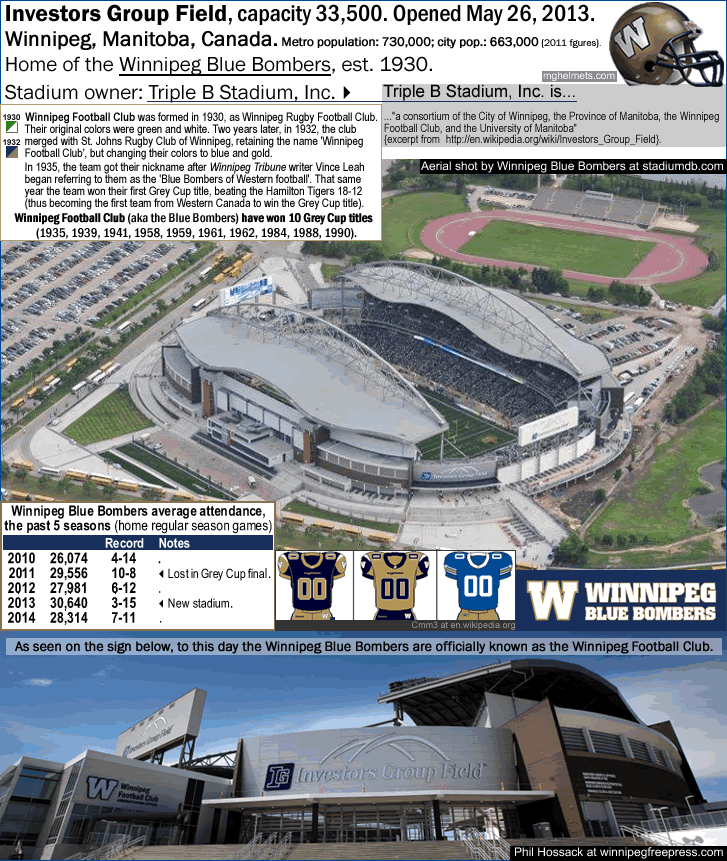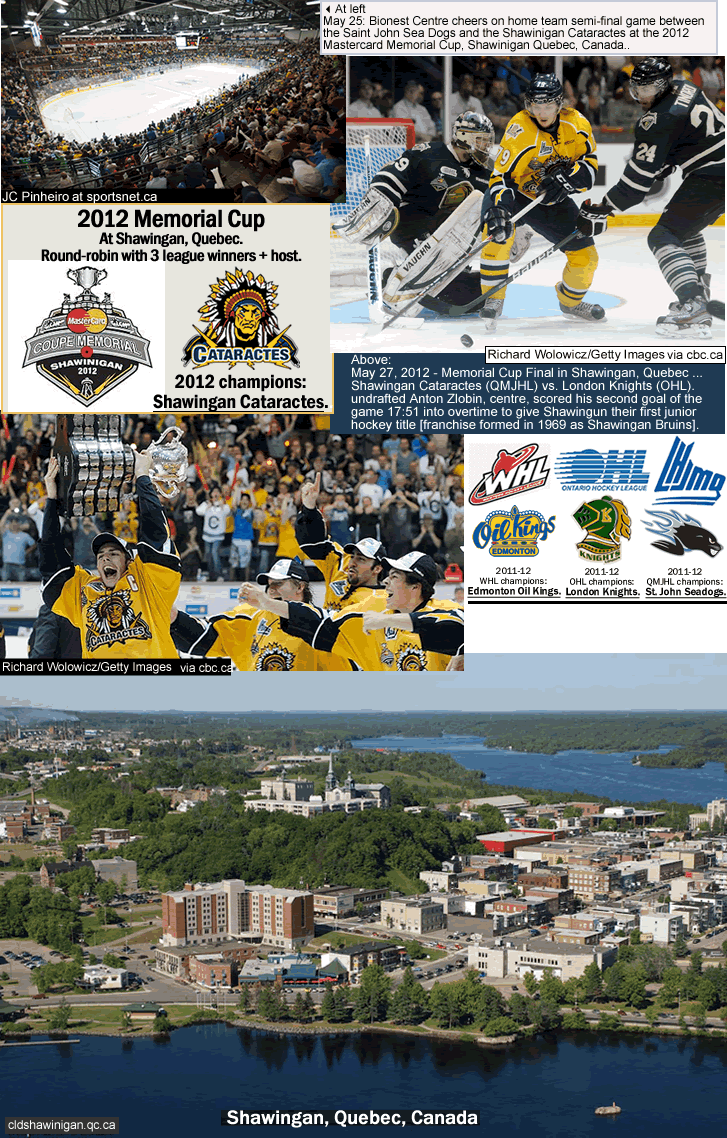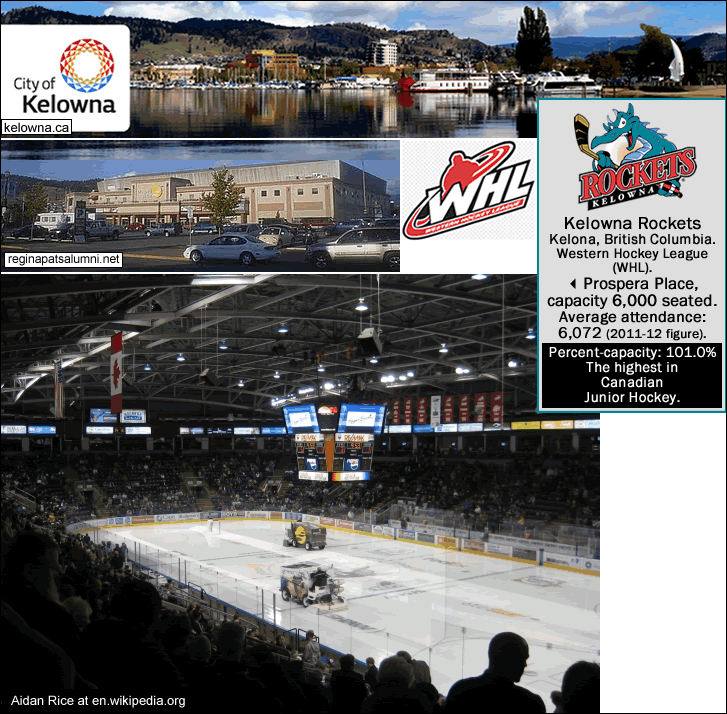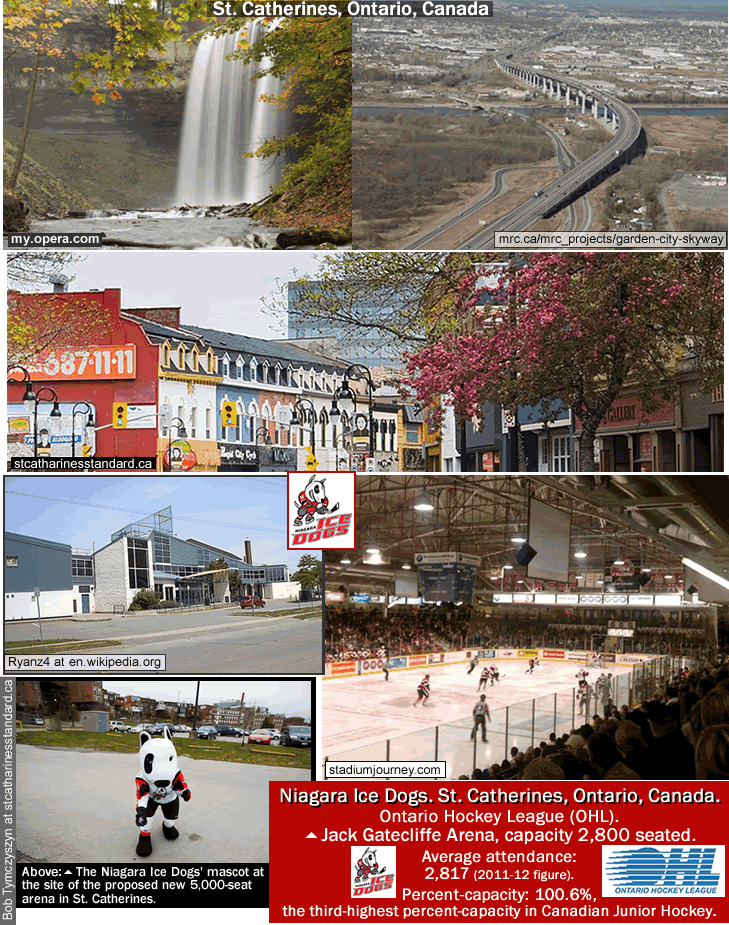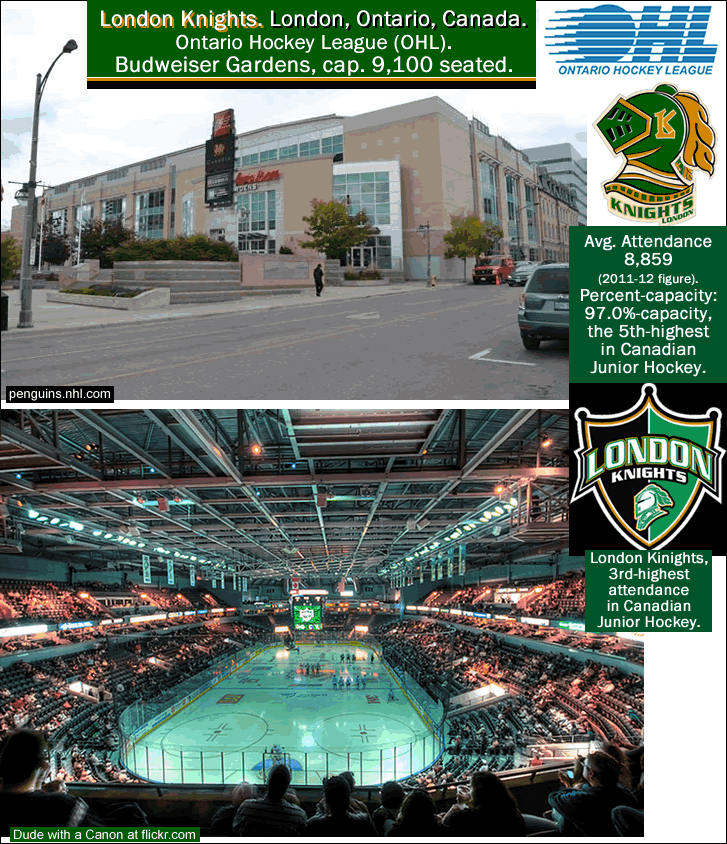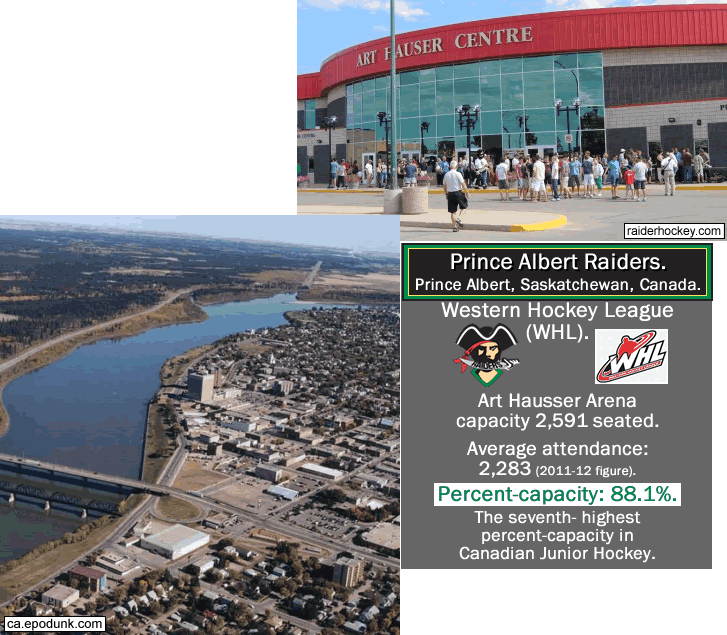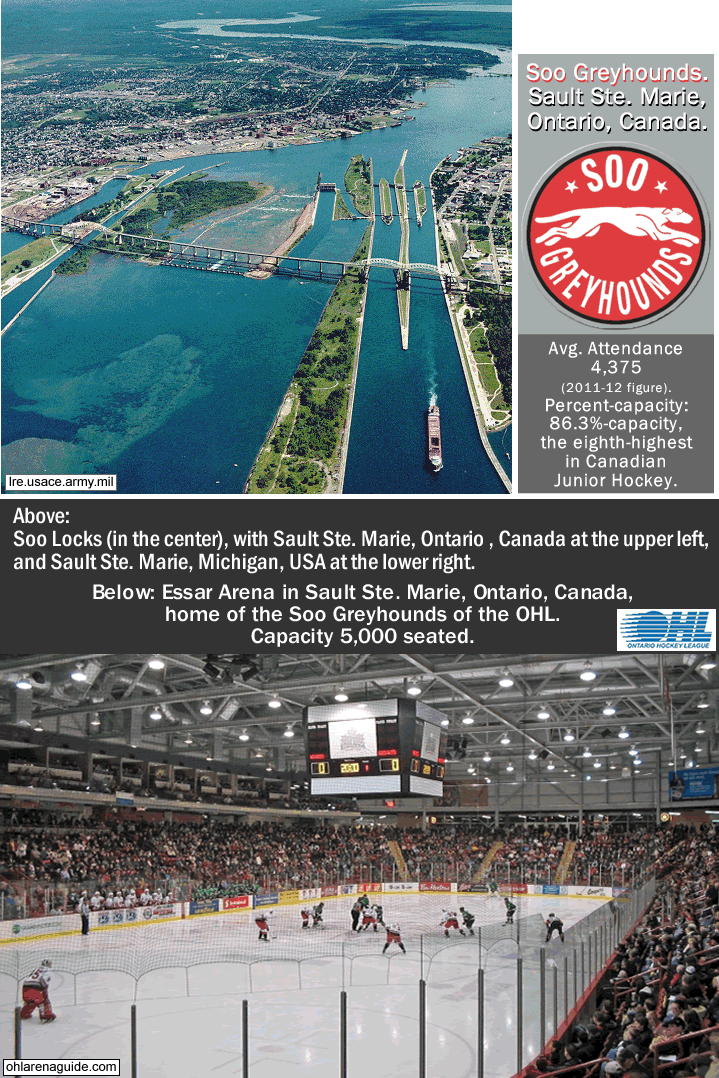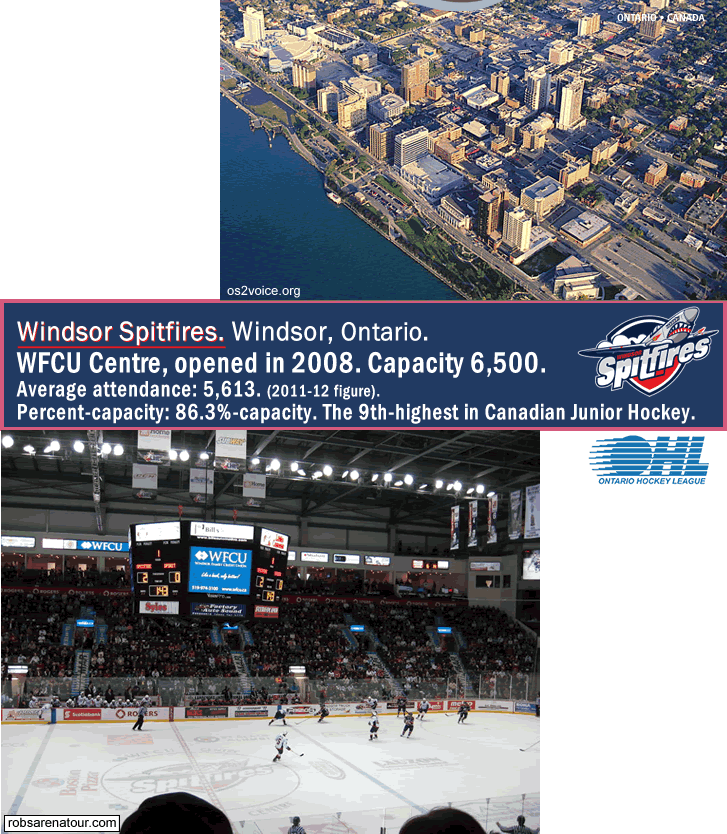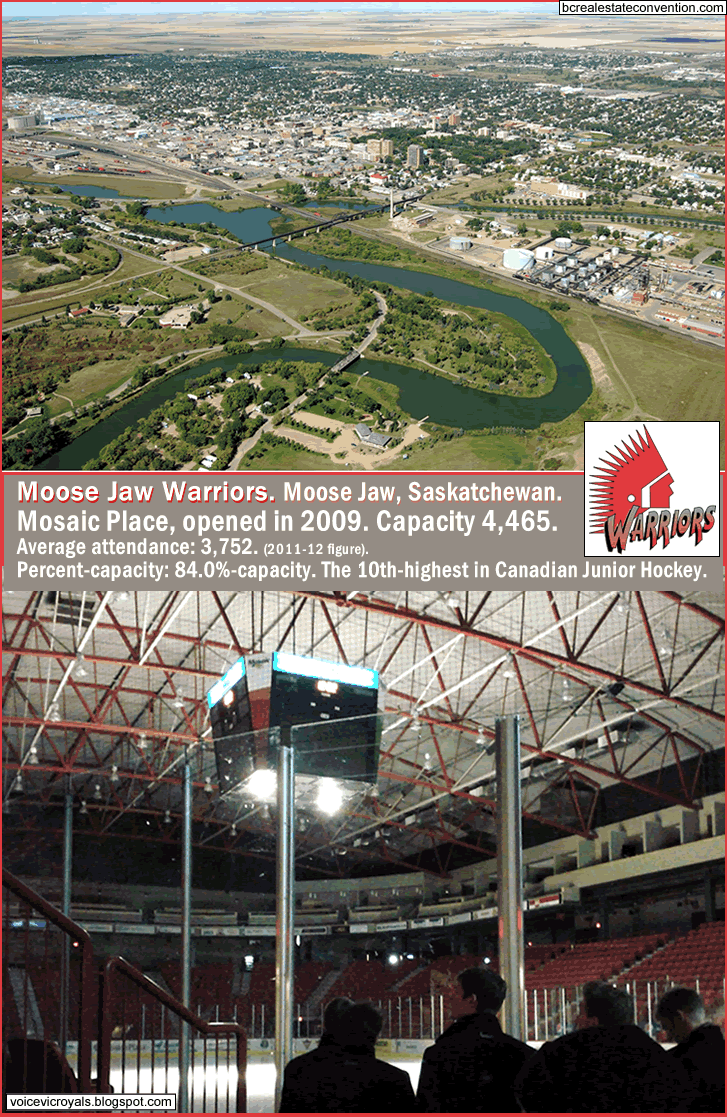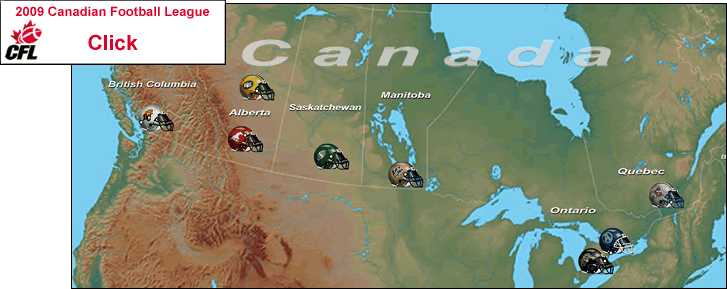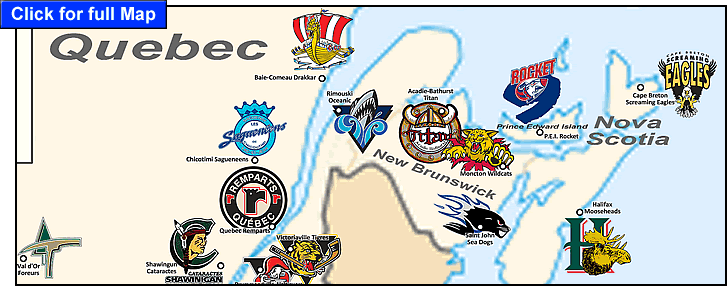Brand-new post…2017 Memorial Cup, here:
2017 CHL Memorial Cup tournament (in Windsor, Ontario/ May 19 to May 28) – the 4 teams: Windsor Spitfires (host team), Erie Otters (OHL), Saint John Sea Dogs (QMJHL), Seattle Thunderbirds (WHL): photo-illustrations with standout players in 2016-17.
…
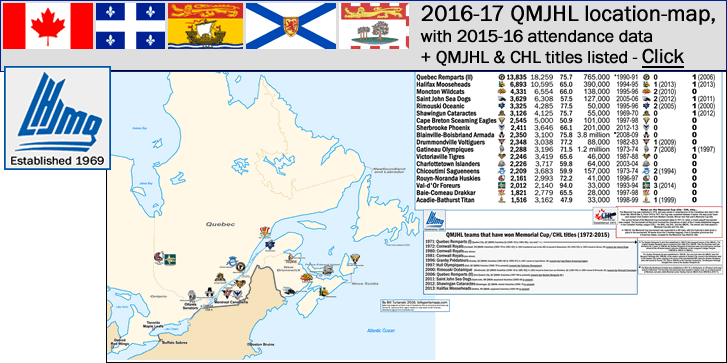
Quebec Major Junior Hockey League (QMJHL)]: location-map with: 2015-16 attendance data, QMJHL titles & CHL/Memorial Cup titles listed
…
…
By Bill Turianski on 21 May 2016; twitter.com/billsportsmaps.
Links…
-Teams, etc… Quebec Major Junior Hockey League (en.wikipedia.org).
-Official site… theqmjhl.ca.
-Site officiel (en Français)…lhjmq.qc.ca.
-2016 CHL Memorial Cup tournament… 2016 Memorial Cup (en.wikipedia.org).
-My 2012 map-&-post on major junior hockey in Canada (CHL) from Nov.2012…Canadian Hockey League: location maps for WHL, OHL, and QMJHL teams (60 teams) and 2011-12 attendance data. Plus the top 3 highest drawing teams, the top 10-highest percent-capacities….
…
The QMJHL, one of 3 major junior hockey leagues in the Canadian Hockey League (CHL)…
The Quebec Major Junior Hockey League (QMJHL) is one of three Canadian major junior hockey leagues, along with the Ontario Hockey League (OHL) and the Western Hockey League (WHL). Since 1971-72, the 3 leagues have sent their league-champion to compete for the Memorial Cup title. Since 1975-76, the 3 leagues together comprise the Canadian Hockey League (CHL). The 3 CHL leagues are for players aged 16 to 20 – there are no restrictions for the amount of USA-born players on each team; however, non-Canadian-&-American players (ie, European and Russian players) are restricted to 2 per team roster. The 3 leagues of the CHL are quite a big deal, because approximately 54% of all NHL players, currently, were drafted from either the OHL, the WHL, or the QMJHL. {Citation: see 2nd paragraph, here [Ontario Hockey League page at en.wikipedia.org].}
Click on image below for:
Location-map of all the teams in the 3 leagues which comprise the Canadian Hockey League (CHL/60 teams)…
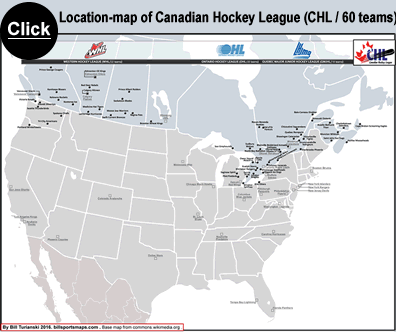
The CHL is an umbrella-organization for the 3 leagues; there is no inter-league play except for the post-season tournament…the CHL has a four-team playoff tournament – the Memorial Cup, which is played at a different host-city each May. (Note: see 4 paragraphs below for more info about the Memorial Cup.)
…
On the map page…
The map page shows the locations (and the logos) of the 18 QMJHL teams -12 of which are in the Canadian province of Quebec, 3 of which are in the Canadian province of New Brunswick, 2 of which are in the Canadian province of Nova Scotia, and one of which is in the Canadian province of Prince Edward Island. The locations of all the NHL teams from the Eastern Canada/upper-north-east-USA region are also shown on the map.
The map…
The map itself is a section of a blank map of Canada, which I found at Wikipedia Commons (and which was not available 7-and-a-half years ago, when I made my first map of the QMJHL). I cropped and enlarged that blank map, then I drew in the St. Lawrence River’s river banks in the area between Kingston, ON and Quebec City, QC – because the original map did not show that. I also added the Ottawa River, which makes up a large part of the boundary between the provinces of Quebec and Ontario. Then I added one more detail – bridges – and shown on the map is the 12.9 km/8 mile-long bridge which connects mainland Canada (in New Brunswick) to the province of Prince Edward Island (the Confederation Bridge). I also included the two eastern-most bridges which span the St. Lawrence River and connect southern Quebec to the rest of Quebec, at Quebec City: the Quebec Bridge and the Pierre Laporte Bridge. (East of Quebec City, the river widens considerably and no bridge is feasible for the rest of the length of the St. Lawrence River, as the river makes its way north-east to the Atlantic Ocean at the Gulf Of St. Lawrence.)
On the right-hand-side of the map page is a chart for the QMJHL which shows 7 things…
1). 2015-16 average attendances of the 22 QMJHL teams, ranked {source: Quebec Major Junior Hockey League 2015-16 Attendance Graph (hockeydb.com)}.
2). Home arena seated capacity of the 18 QMJHL teams.
3). Percent-capacity for each team in 2015-16 [Percent Capacity equals Average Attendance divided by Arena-seated-capacity] (ie, how well the team fills its arena).
4). Metropolitan-area population of each team’s home-city (or home-town). {Source: List of census metropolitan areas and agglomerations in Canada [2011 census figures] (en.wikipedia.org).}
5). Season the QMJHL team began play in its present-day location.
6). QMJHL titles (and the year of last title/ since 1966-67).
7). CHL/Memorial Cup titles (and the year of last title/ since 1971-72)/ see notes below.
Notes on the Memorial Cup title / CHL title…
The Memorial Cup was instituted in 1919, and was named in remembrance of the Canadians who died in the Great War (World War I). From 1919 to 1971, the Cup was contested between 2 teams: the best junior team each season from Eastern Canada versus the best junior team from Western Canada. (The winner won that season’s Memorial Cup title.) The current format of the Memorial Cup tournament dates to 1971-72, when a 3-team playoff tournament was created. The tournament at that point [1972] involved the champion from each of the 3 leagues:
•The-long-established-[1933]-and-now-20-team OHL.
•The-established-in-1966-and-now-22-team-WHL.
•The-then-newly-established-[1971]-and-now-18-team-QMJHL.
4 years later [1975], the arrangement was formalized with the institution of the Canadian Hockey League – which, again, is the governing body of the OHL/WHL/QMJHL. In 1982-83, the Memorial Cup tournament was expanded to a 4th team, with the host-city’s team given a place in the competition. (There is a different host-city for the Memorial Cup each May/ see next paragraph.) Currently, the 60 teams in the CHL (from the 3 member-leagues), which hail from 9 Canadian provinces and 4 American states, compete for the chance to qualify for the Memorial Cup tournament and win the Memorial Cup title/CHL title.
Red Deer, Alberta will host the 2016 Memorial Cup…
2016 Memorial Cup (en.wikipedia.org).
The 2016 Memorial Cup tournament will be held at the 6,000-capacity ENMAX Centrium in Red Deer, Alberta, with the WHL’s Red Deer Rebels the host-team. The tournament will run from May 19th to May 29th, 2016.
List of Memorial Cup champions (en.wikipedia.org).
QMJHL teams that have won Memorial Cup titles (1969-2015)
1971: Quebec Remparts (I) (Quebec City, QC QMJHL charter franchise (I) (1969-70 to 1984-85)// defunct).
1972: Cornwall Royals (Cornwall, ON QMJHL charter franchise (1969-70 to 1991-92)/in 1992 transferred over to the OHL & moved to Newmarket, ON (1992-94)/in 1994 moved to Sarnia, ON/present-day Sarnia Sting).
1980: Cornwall Royals (see above).
1981: Cornwall Royals (see above).
1996: Granby Predateurs (Granby, QC QMJHL expansion franchise (1981-82 to 1996-97)/in 1997 moved to Cape Breton, NS/present-day Cape Breton Screaming Eagles).
1997: Hull Olympiques (Hull, QC QMJHL charter franchise (1969-70 to present)/present-day Gatineau Olympiques).
2000: Rimouski Oceanique (Sherbrooke, QC QMJHL charter franchise (1969-70 to 1981-82)/in 1982 moved to Saint-Jean-sur-Richelieu, QC (1982-95)/in 1995 moved to Rimouski, QC/present-day Rimouski Oceanique).
2006: Quebec Remparts (II) (Beauport [Greater Quebec City], QC QMJHL expansion franchise (1990-91 to 1996-97)/ moved ~5 km west & became 2nd Quebec City, QC QMJHL franchise (1997-98 to present)/present-day Quebec Remparts (II) ).
2011: Saint John Sea Dogs (Saint John, NB QMJHL expansion franchise (2005-06 to present).
2012: Shawingan Cataractes (Shawingan, QC QMJHL charter franchise (1969-70 to present).
2013: Halifax Mooseheads (Halifax, NS QMJHL expansion franchise (1994-95 to present).
…
-
Illustrations for the 2 QMJHL teams with the best attendance in 2015-16 (Quebec Remparts & Halifax Mooseheads),
and the 2 QMJHL teams with the best-percent-capacity figure in 2015-16 (Rouyn-Noranda Huskies & Val-d’Or Foreurs)…
Quebec Remparts: Best attendance in the QMJHL in 2015-16, at 13,835 per game..

Photo and Image credits above -
Jersey illustration by sportslogos.net/Quebec Remparts. View of Qubec City in winter from the southern shore of the St. Lawrence River, photo by Bernard Gagnon at File:Quebec City 01.jpg (commons.wikimedia.org). Cobbled street in Old Quebec with Funiculare in background, photo by Miranda at spendyourdays.com/europe-in-quebec-city-canada. Xmas in Old Quebec, photo unattributed at thispeacefulhome.com via pinterest. Aerial view of Centre Videotron, photo by Ville de Quebec at lecentrevideotron.ca. Rooftop-view of Centre Videotron, photo by Daniel Mallard/Agencie QMI via fr.canoe.ca/. The queue for the sold-out opening night at Centre Videotron [Aug. 31 2015], photo by Daniel Mallard/Agencie QMI via journaldequebec.com/premiere-grande-soiree-de-visites-du-centre-videotron. Shot of interior of Centre Videotron [preseason game, Montreal vs. Pittsburgh on Sept. 28 2015], photo by Dario Ayala/Montreal Gazette at montrealgazette.com/sports. Shot from the upper-stands at a game-night at Videotron Centre [photo from Sept. 2015], photo unattributed at blogs.theprovince.com/2015/09/28/the-morning-skate. Photo from a 2012 Bring back the Nordiques rally in Quebec City, photo unattributed at sb7.sportsblog.com/posts/1148850/which_nhl_teams_should_relocate__part_1.
Quebec Nordiques fans keeping the flame alive, photo from nordiquebec.blogspot.com. Photo of Nordiques fans with Sakic and Stasny jerseys, in line at opening night at Centre Videotron, photo by Pierre Boissinot via torontosun.com/[sports].
…
Halifax Mooseheads: 2nd-best attendance in the QMJHL in 2015-16, at 6,893 per game…
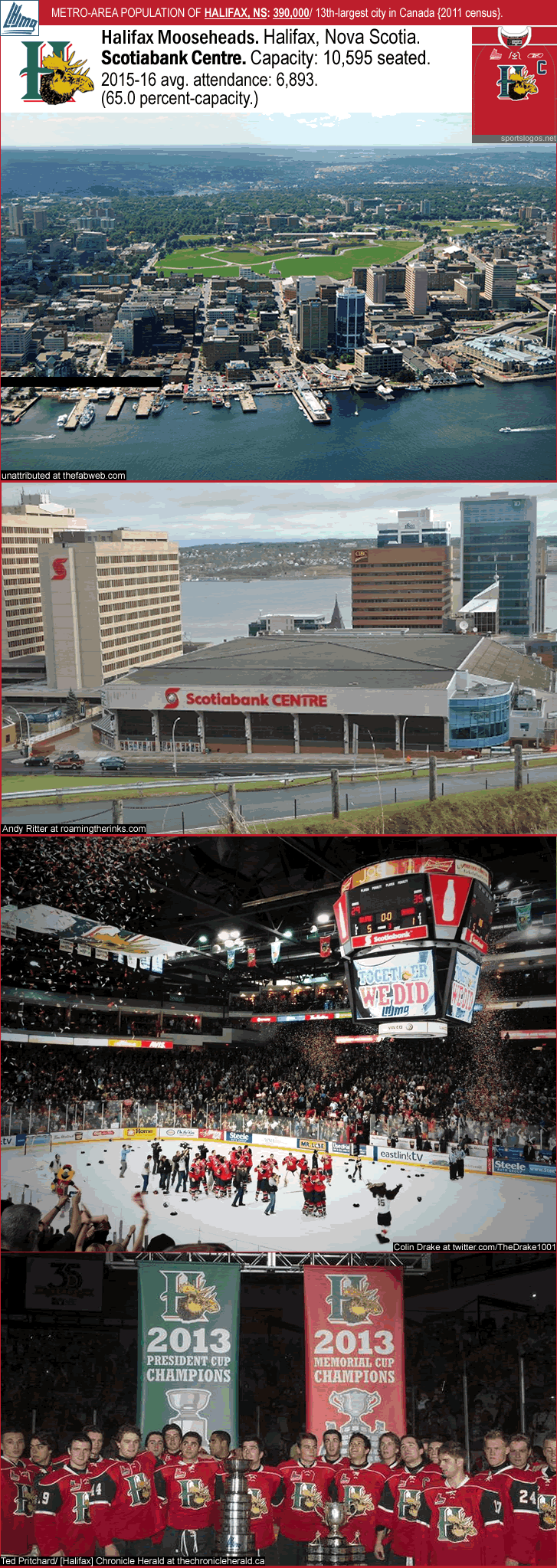
Photo and Image credits above -
Jersey illustrations by sportslogos.net/Halifax Mooseheads. Aerial view of Halifax, photo unattributed at thefabweb.com. Exterior view of Scotiabank Centre, photo by Andy Ritter at roamingtherinks.com. Halifax Mooseheads: the 2013 QMJHL champions (and the 2013 CHL/Memorial Cup champions), photo by /status/333025704633565184″>twitter.com/TheDrake1001 [tweet/photo from Scotiabank Centre on May 10 2013]. 2013 Mooseheads squad with banners and trophies on Banner Night in Halifax, photo by Ted Pritchard/ [Halifax] Chronicle Herald at thechronicleherald.ca/mooseheads/wildcats-top-moose-spoil-banner-night.
…
Rouyn-Noranda Huskies:
Best at filling their arena in the QMJHL in 2015-16, at 100.5 percent-capacity.
And: the Rouyn-Noranda Huskies are the 2016 President’s Cup winners (their first QMJHL title)…

Photo and Image credits above -
Rouyn-Noranda Huskies jersey, illustration by sportslogos.net/Rouyn-Noranda. Aerial shot of Rouyn-Noranda, photo by Point du Jour Avaiation, here via gigi461.canalblog.com. Shot of Northern Lights above Rouyn-Noranda, photo by Charles Schiele Photography at coolnaturephotos.com/aurora-borealis-at-rouyn-noranda-qc-canada-by-charles-schiele-photography. Shot of interior of Aréna Iamgold, photo by François Fortin at stationnation.blogspot.com.
Standout Huskies players in 2016 QMJHL playoffs…
Timo Meier, photo unattributed, here, at sportsnet.ca. Francis Perron, after scoring in 2nd game of 2016 Presidents Cup finals (4-1 to Huskies), photo by Rouyn-Noranda Huskies at huskies.qc.ca/article/24-h-plus-tard-victoire-des-huskies. Chase Marchand, photo by Minas Panagiotakis/Getty Images via sportsnet.ca. Anthony-John Greer, after scoring in 2nd game of 2016 Presidents Cup finals (4-1 to Huskies), photo by Jean-François Vachon/TC Media via lafrontiere.ca/sports/hockey/2016/5/7/huskies-shawinigan. Jean-Christophe-Beaudin, photo by Agencie QMI via bsndenver.com/nhl-draft-prospect-profile-jean-christophe-beaudin. Title celebration photo, by Vincent Éthier/QMJHL Media at theqmjhl.ca/2016-president-cup-huskies-win-first-ever-president-cup-title.
…
Val-d’Or Foreurs: 2nd-best at filling their arena in the QMJHL in 2015-16, at 93.2 percent-capacity…

Photo and Image credits above –
Jersey and shoulder-patch illustrations by sportslogos.net/Val d’or Foreurs. Aerial shot of Val-d’Or in the autumn, photo unattributed at voyageretdecouvrir.com/voyage_au_quebec_abitibi_temiscamingue. Aerial shot of some of the extensive precious metals mining in the Val-d’Or area, photo by Agnico Eagle at agnicoeagle.com/northern-operations/goldex. Exterior shot of Centre Air Creebc, photo unattributed at ici.radio-canada.ca. Interior shot of Centre Air Creebec, photo by atmosphare.com/fr/Interieur_Realisations/Mobilier/Centre-Air-Creebec. Another full house of Val-d’Or Foreurs fans applaud their team [circa April 2015], screenshot of video by tvasport.ca. Shot of Huskies one ice for Canadian national anthem. photo by stationnation.blogspot.com.
___
-Thanks to the contributors at Quebec Major Junior Hockey League (en.wikipedia.org).
-Thanks to STyx at Wikipedia for the blank map of Eastern Canada [segment of map of Canada], by STyx at File:Canada (geolocalisation).svg (commons.wikimedia.org).
-A big thank you to Hockey Database site, for the hard-to-find OHL attendance figures (nobody wants to bother hunting down and compiling them, I guess), at Quebec Major Junior Hockey League 2015-16 Attendance Graph (hockeydb.com).






